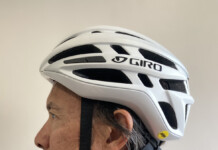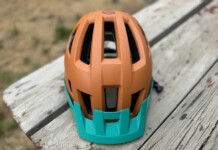By Tom Jow — As we enter the month of August, the riding season is just about halfway over. Some riders started early in the year and have ridden thousands of miles. Others have waited patiently (others impatiently) for the trails to dry and are now in the prime of their season. No matter which of these riders you are, if you use your bike frequently a single spring tune-up may not enough to keep your bike working smoothly and safely. At this point of the season a full tune-up is probably not necessary, however, key components such as brakes, chains, tires and suspension often need maintenance more than once a year.
Hydraulic disc brake pads are a good example of a component that often needs service more than once a year. Due to the automatic adjustment feature of hydraulic disc brakes, the rider may not know they need replacing until the brakes are metal to metal. Worse yet, the brakes may fail altogether. Fortunately, disc brake pads are easy to inspect and easy to replace.
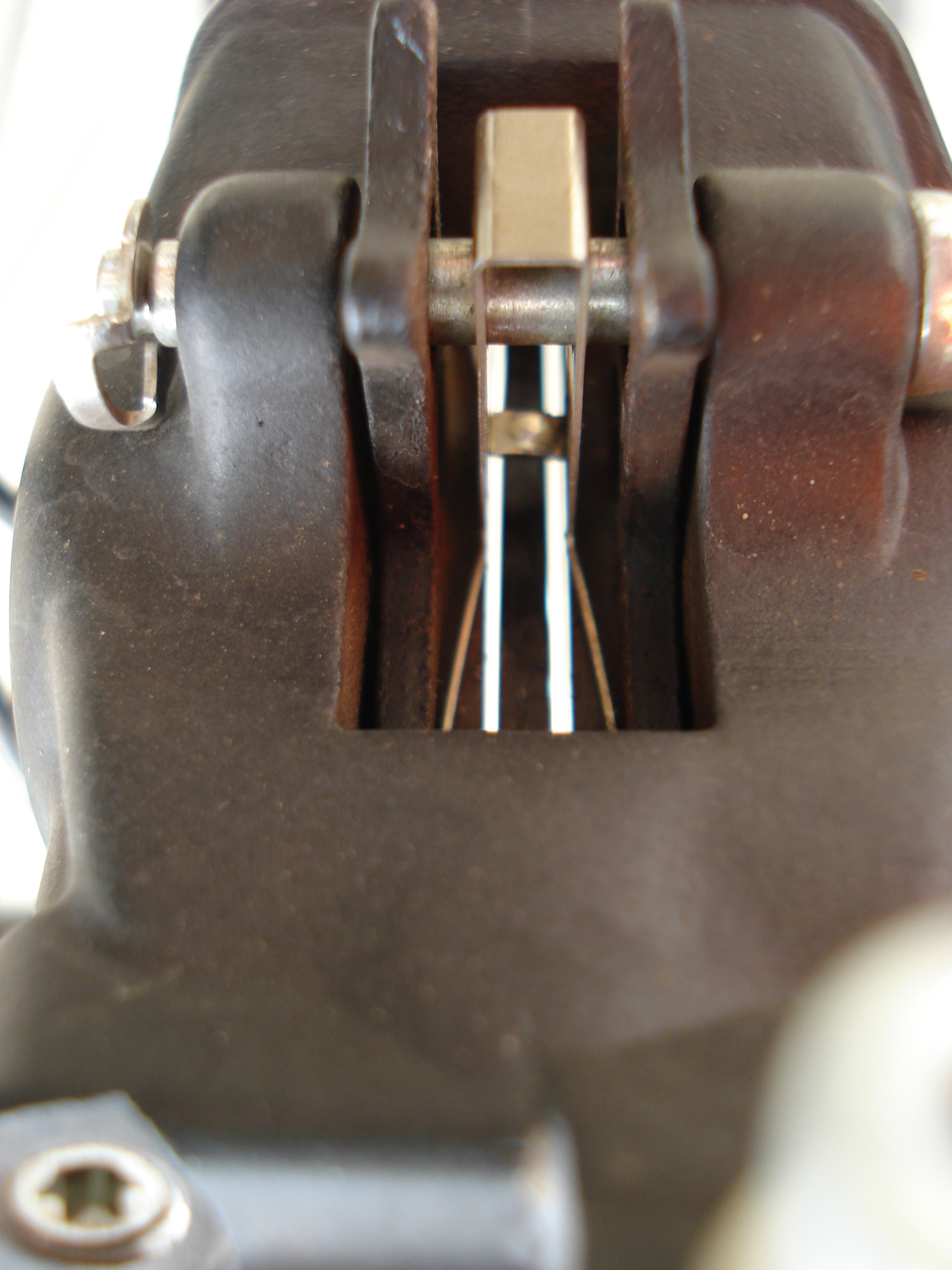
To inspect the brake pads, use a flashlight and look inside the brake caliper. If the amount of brake pad material is equal to or less than the thickness of a dime it is time for replacement. Replacing the pads is a pretty easy task. To do it yourself, refer to the manufacturer’s owner’s manual. If you don’t have time, take it to your favorite local bike shop.
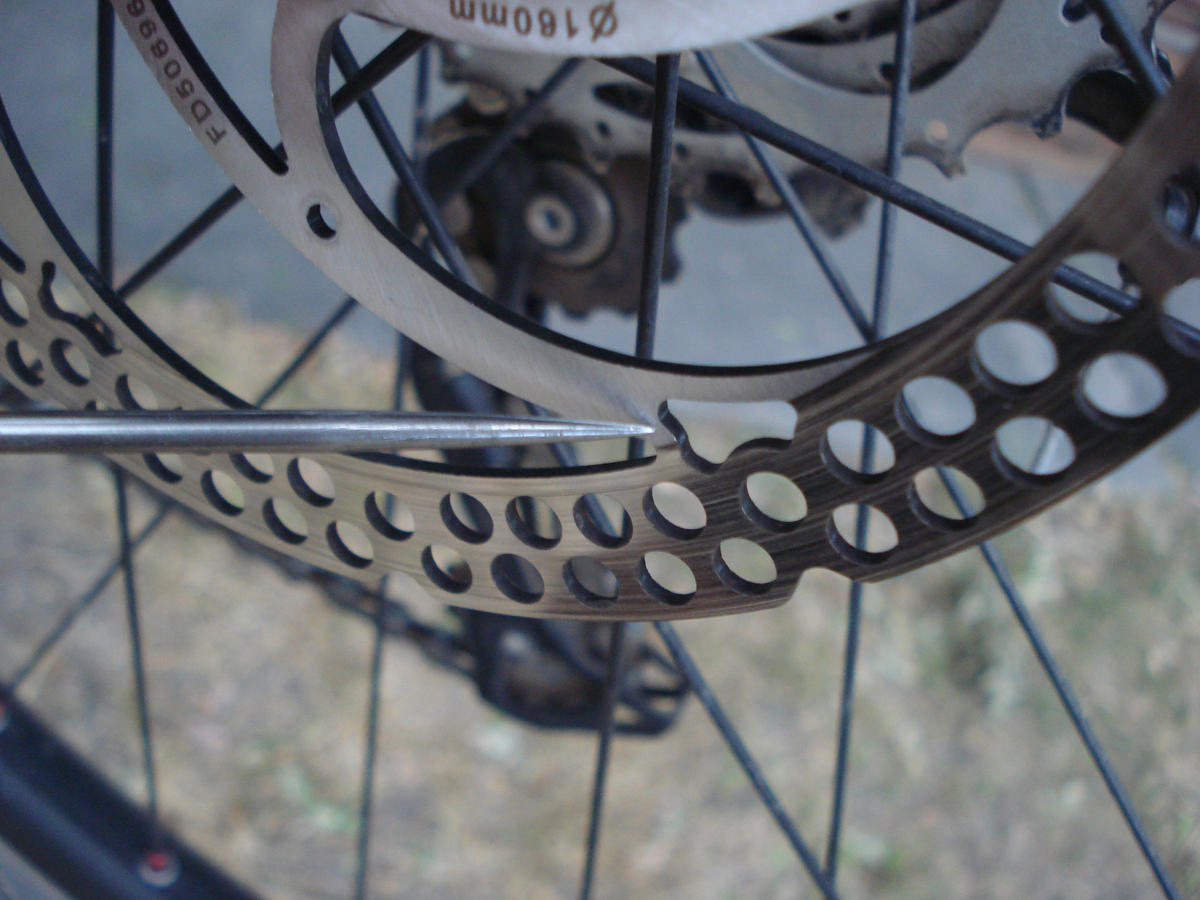
After the brake pads are inspected, check the rotor next. Look for dark blue discoloration of the metal. This indicates overheating of the rotor and reduces stopping power. The friction surface of the rotor, where the pads contact, should be free from deep scratches. Scratches in this area may be due to brake pads that became worn out. The brake rotors, like brake pads, also wear. Rotor wear can be checked with a (clean) fingernail or tool scraped along the brake surface towards the center. A significant ridge means the rotor probably needs replacement. I haven’t found a definitive guide to rotor wear limits so if in doubt, replace it. When replacing brake rotors, always replace the brake pads.
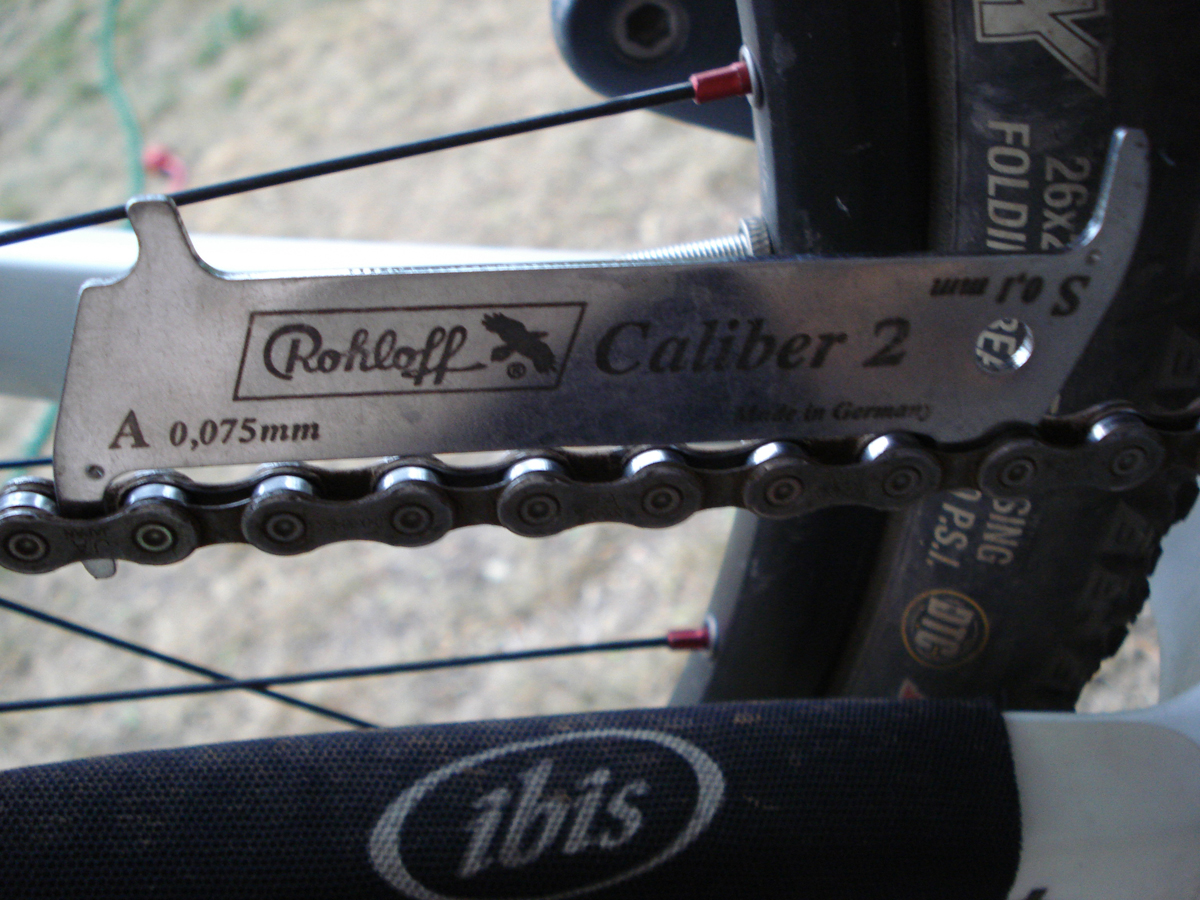
Another component that often needs mid-season replacement is the chain. The old rule of thumb was to replace the chain at mileage intervals; 1,000 miles for mountain bike and 1,500-2,000 miles for road. Now, there is a tool designed for the job. A chain wear gauge is an inexpensive tool that measures the wear of the rollers over a given length. With this tool, it takes just a minute to determine if he chain needs replacement.
Tires, on the other hand, take a little time to inspect. They are probably the most abused component on a bicycle. Tires are subject to road debris, extreme temperatures, high friction (skidding), impact, sharp rocks and sticks, and general neglect. Because of this, and their contribution to safety, tires should really be inspected after every ride.
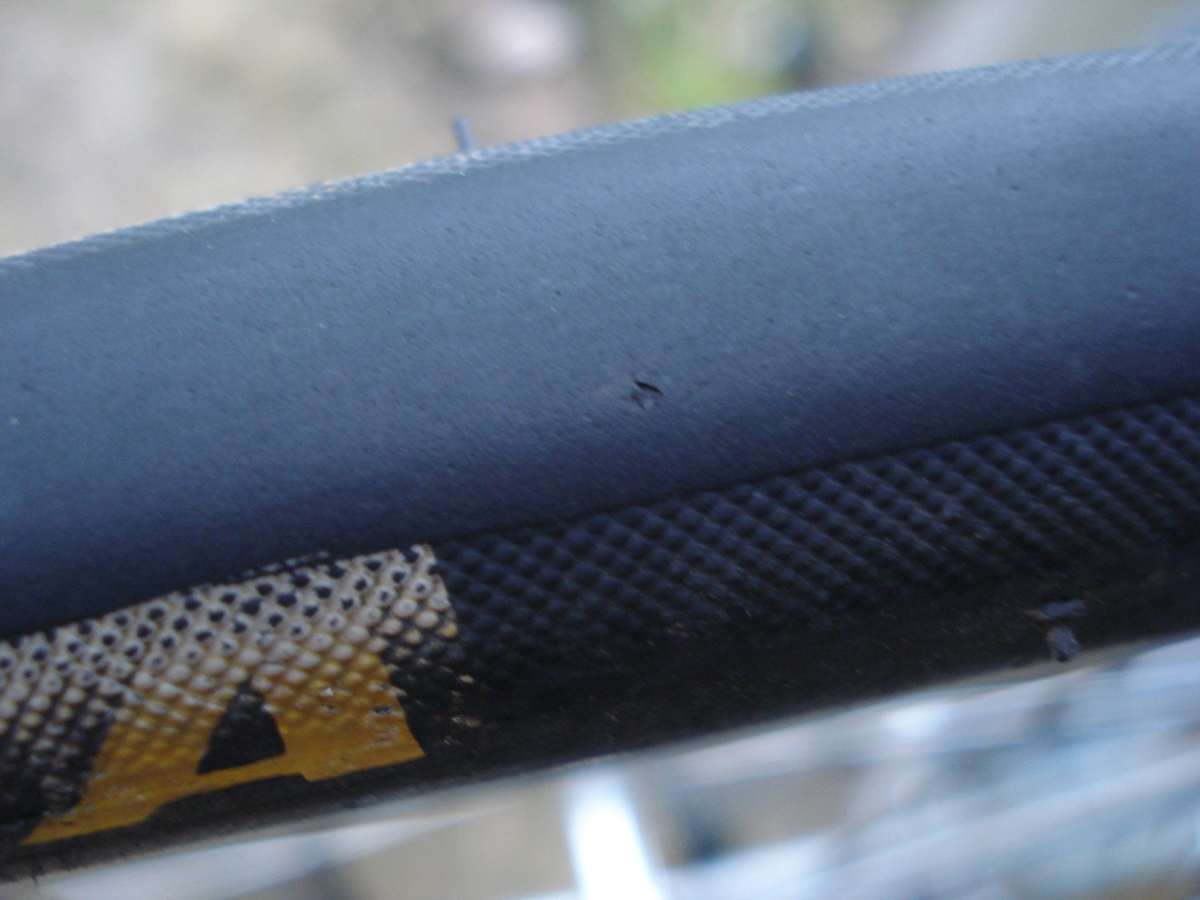
A good tire inspection begins with the tread, looking for cuts, skidded flat spots, and knobs that are coming off. Cuts should be individually inspected for debris remaining inside which could work its way into the tube and cause a puncture. The tire sidewalls should be checked for tears or cuts, broken casings (abnormal bulges) and delaminating tread. A tire with any of these conditions should be replaced.
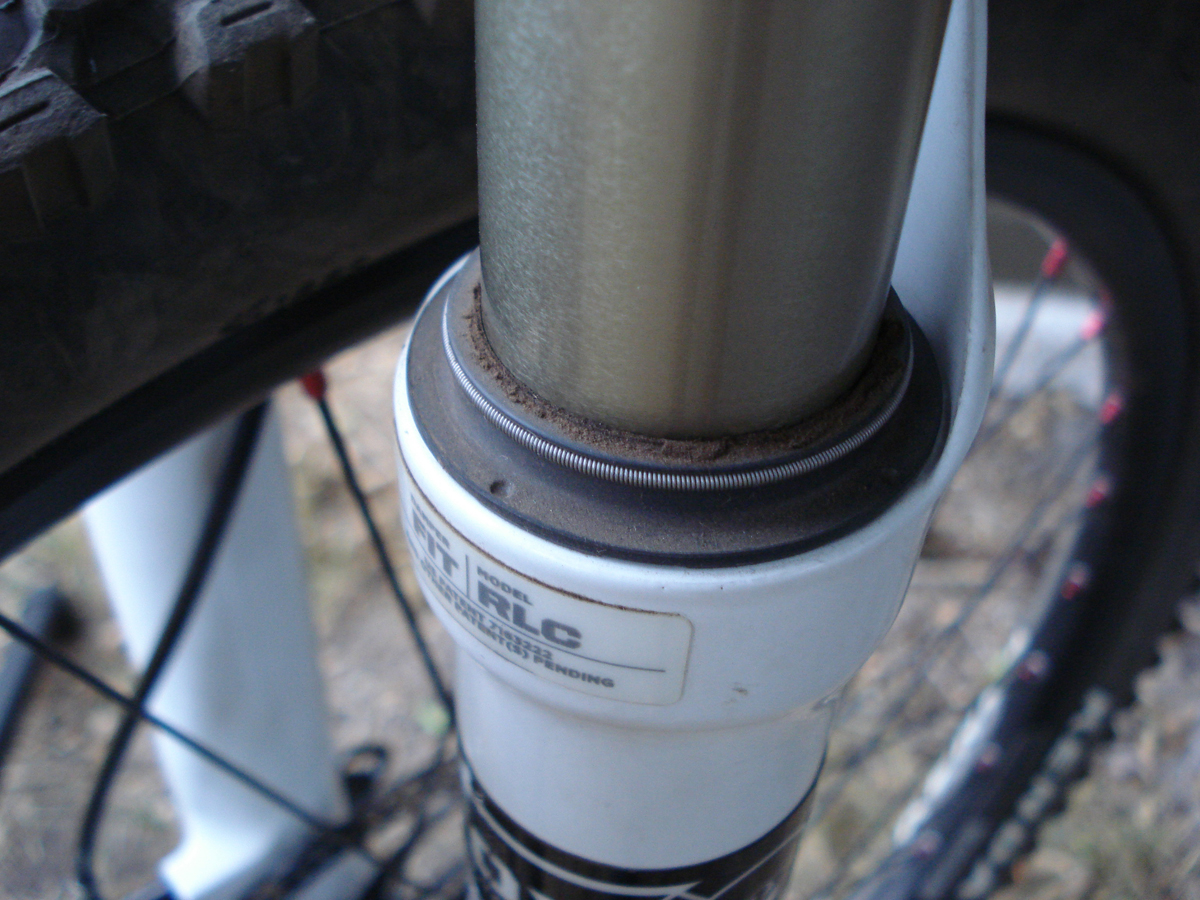
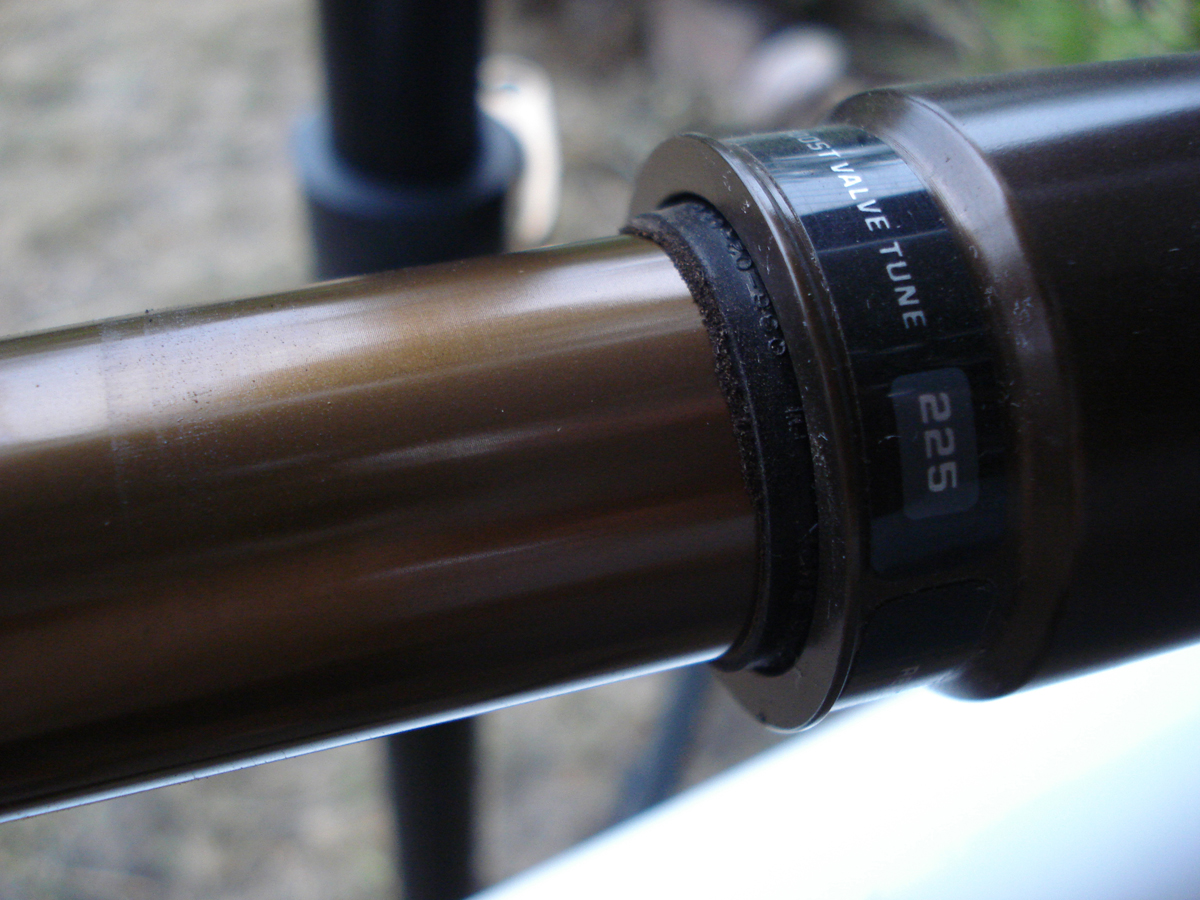
Mountain bikes also have suspension components that need regular service. Both Fox Racing Shox and RockShox recommend that seals be replaced after 50 hours of riding. For some riders that could be as little as 3 weeks! If a rider were to stretch out that service interval, how would they know when it’s time? The key is frequent inspection of the seal areas. Early indication of a seal going bad is a small ring of dirty oil on the tube. In severe cases, it becomes a muddy, oily mess after one ride. Another symptom is discoloration of the tube where is slides into the seal. This discoloration is the coating of the tube being abraded away by dirt and friction. This second condition is irreparable and will require replacement of the shock or fork.
It is hard to ignore the excitement of riding in the middle of summer. The conditions are great and our fitness is at a high level. In order to fully enjoy this time of the season, it’s a good idea to perform bicycle inspection and maintenance. There are two reasons for doing maintenance to our bikes. One is to keep them operating smoothly, because a bike that works well is fun to ride. The second is to prevent excessive damage to components which can be a safety hazard and reduces costs in the long run. A small investment of time and service now will extend our riding joy to the end of the season.

